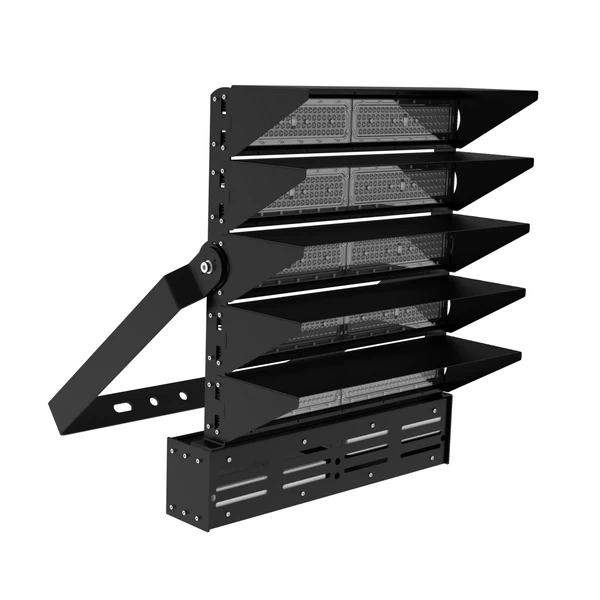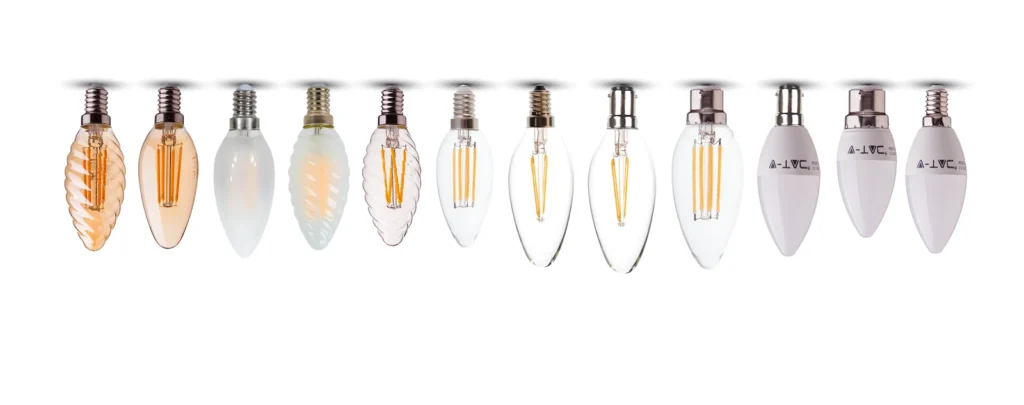Indice dei contenuti
ToggleIntroduzione
Gli stadi professionali e i campi da gioco hanno tutti standard di illuminazione adeguati. Una luce brillante e uniforme garantisce la sicurezza degli atleti, il divertimento degli spettatori e le trasmissioni televisive ad alta definizione. Vediamo quali sono i diversi standard di illuminazione per i vari sport.
Parametri chiave degli standard di illuminazione degli stadi
I diversi standard di illuminazione degli stadi o dei campi sportivi si riflettono principalmente in alcuni parametri fondamentali. Dal livello di intrattenimento a quello di competizione, esistono diversi standard di parametri di illuminazione per offrire la migliore esperienza sportiva.
Negli standard di illuminazione sportiva, la differenza principale sta nei livelli di lux. Gli standard per gli altri parametri non variano molto tra i diversi scenari e di solito si basano su uno standard minimo. Visualizza le informazioni su lux o più unità di illuminazione.

Livelli di lux dell'illuminazione dei campi sportivi
I livelli di lux sono la differenza più elementare e intuitiva nell'illuminazione degli stadi, che determina direttamente la luminosità dell'impianto.
- Campo di allenamento: Minimo (150-300 lux), sufficiente per consentire ai giocatori di vedere chiaramente.
- Partita amatoriale/ricreativa: Medio (300-500 lux)
- Competizione professionale: Superiore (500-1000 lux)
- Trasmissione HD/TV: Massima (1000-2000 lux o superiore)
Controllo dell'abbagliamento (GR/UGR)
Per gli ambienti ricreativi o di allenamento, l'indice di abbagliamento è leggermente più rilassato (≤55), purché non produca un abbagliamento fastidioso. Per gli impianti da competizione, l'indice di abbagliamento è più alto, in genere ≤50. Gli impianti destinati alle trasmissioni televisive hanno l'indice di abbagliamento più basso, perché influisce sulle prestazioni della telecamera.
Indice di resa cromatica (CRI)
Un CRI standard di 70 o superiore è sufficiente per l'illuminazione di locali di intrattenimento, mentre per l'illuminazione di livello agonistico è necessario un CRI di 80 o superiore. Le trasmissioni ad alta definizione richiedono un CRI di 90 o superiore per garantire una riproduzione fedele dei colori.
Uniformità
Gli standard di uniformità dell'illuminazione per i campi sportivi ricreativi o di allenamento sono più morbidi e consentono alcune variazioni di luminosità all'interno del campo. Uno standard di 0,5 o superiore è generalmente sufficiente. L'illuminazione a livello agonistico richiede una distribuzione uniforme della luce su tutto il campo, con un'uniformità di 0,7 o superiore. L'illuminazione a livello di trasmissione televisiva richiede talvolta un'uniformità di 0,8 o superiore.
Temperatura di colore (CCT)
La maggior parte degli standard di illuminazione degli stadi e dei campi sportivi raccomanda una gamma di 4000K-5700K. Le trasmissioni ad alta definizione preferiscono una luce bianca fredda (5000-5700K) per ottenere immagini più chiare.
| Parametro | Allenamento / Ricreazione | Concorso amatoriale | Concorso professionale | Livello HDTV / Broadcast |
|---|---|---|---|---|
| Illuminamento (lux) | 150-300 | 300-500 | 500-1000 | 1000-2000+ |
| Controllo dell'abbagliamento (GR / UGR) | ≤ 55 | ≤ 50 | ≤ 50 | ≤ 50 |
| Indice di resa cromatica (CRI, Ra) | ≥ 70 | ≥ 80 | ≥ 80 | ≥ 90 |
| Uniformità (Emin/Avg) | ≥ 0.5 | ≥ 0.6 | ≥ 0.7 | ≥ 0.7-0.8 |
| Temperatura di colore (CCT) | 4000K-5700K | 4000K-5700K | 4000K-5700K | 5000K-5700K |
Standard di illuminazione per i diversi campi sportivi
Anche gli standard di illuminazione dei campi sportivi variano, perché comprendono campi da calcio, da tennis, da basket, da pickleball, ecc. Le dimensioni e la velocità della palla, nonché le dimensioni e lo spazio del campo influiscono sull'illuminazione.
Siamo un produttore professionale di illuminazione a LED con una vasta esperienza nel campo dell'illuminazione sportiva. È possibile Visualizza tutti i nostri prodotti o contattateci per consigliarvi le luci LED più adatte a voi.

| Campo sportivo | Caratteristiche principali | Punti chiave dell'illuminazione (Broadcast) | Livelli Lux |
|---|---|---|---|
| Calcio | Campo molto grande, ritmo veloce, passaggi e tiri lunghi | Elevato illuminamento orizzontale e verticale CRI > 90, rigoroso controllo dell'abbagliamento | Orizzontale: 500-1500+ lux Verticale: ≥ 1400-2000 lux |
| Tennis | Palla piccola e veloce, traiettoria elevata | Forte illuminazione verticale Nessuna ombra, controllo rigoroso dell'abbagliamento | Orizzontale: 750-1000+ lux Verticale (1,5 m): ≥ 750 lux |
| Pallacanestro | Ritmo veloce, movimento frequente | Elevato illuminamento verticale, elevata uniformità | Orizzontale: 500-1000+ lux Verticale: ≥ 1000 lux |
| Badminton | Palla piccola più veloce, volo molto alto | Più alto del tennis, forte controllo dell'abbagliamento | Orizzontale: 750-1000+ lux Verticale: ≥ 750 lux |
| Pickleball | Campo piccolo, velocità media, simile al tennis | Focus su uniformità e controllo dell'abbagliamento | Amatoriale: 300-500 lux Pro: 500-750 lux |
Vantaggi dei LED per l'illuminazione degli stadi
L'illuminazione a LED è diventata senza dubbio la scelta principale e standard per l'illuminazione dei campi sportivi in tutto il mondo. Che si tratti di stadi professionali su larga scala di nuova costruzione o di stadi comunitari ristrutturati, la moderna tecnologia LED ha completamente sostituito l'illuminazione tradizionale grazie ai suoi enormi vantaggi.
- Risparmio energetico:
I LED offrono un'efficacia luminosa estremamente elevata (lm/W), riducendo il consumo energetico da 50% a 70%. - Controllo della luce:
Le luci a LED sono dotate di angoli di emissione personalizzabili, che riducono in modo significativo l'abbagliamento e la dispersione della luce. - Accensione istantanea:
I LED si illuminano istantaneamente e si riavviano immediatamente dopo un'interruzione di corrente, senza ritardi. - Lunga durata:
Le luci a LED hanno una durata di vita compresa tra 50.000 e 100.000 ore, il che significa che possono durare per anni senza dover essere sostituite. - Rispettoso dell'ambiente:
Non contengono sostanze nocive, come il mercurio, e sono quindi più rispettosi dell'ambiente.
I vantaggi del LED sono di gran lunga superiori, per cui è più facile che il LED soddisfi gli standard di illuminazione sportiva.
Apparecchi di illuminazione per stadi consigliati
Esistono differenze tra le lampade utilizzate all'interno o all'esterno. Vi raccomando le nostre lampade LED professionali per l'illuminazione sportiva, che possono soddisfare le esigenze di vari livelli di lux. Alcune di queste lampade sono state caricate nell'elenco dei prodotti su ledrhythm.com. Per soluzioni complete di illuminazione a LED, vi invitiamo a contattateci oppure visitate il nostro sito web dedicato agli sport professionali "abuslighting.com“
L'illuminazione dei campi sportivi al coperto utilizza generalmente luci lineari a LED o apparecchi di illuminazione progettati professionalmente. Ad esempio:
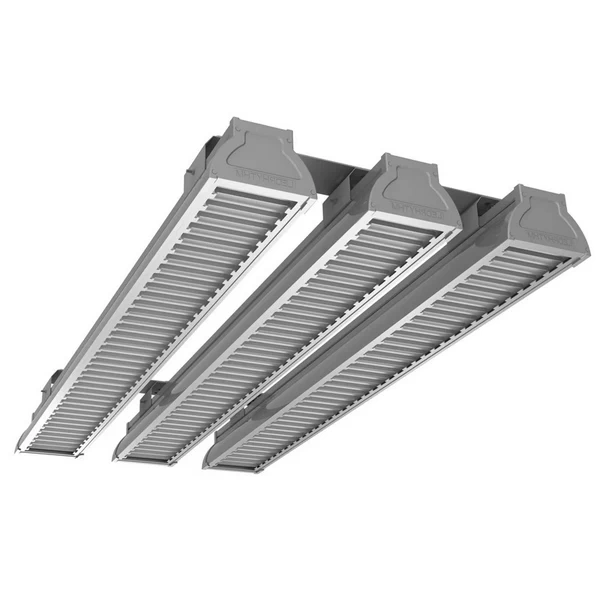
Illuminazione lineare LED industriale e sportiva
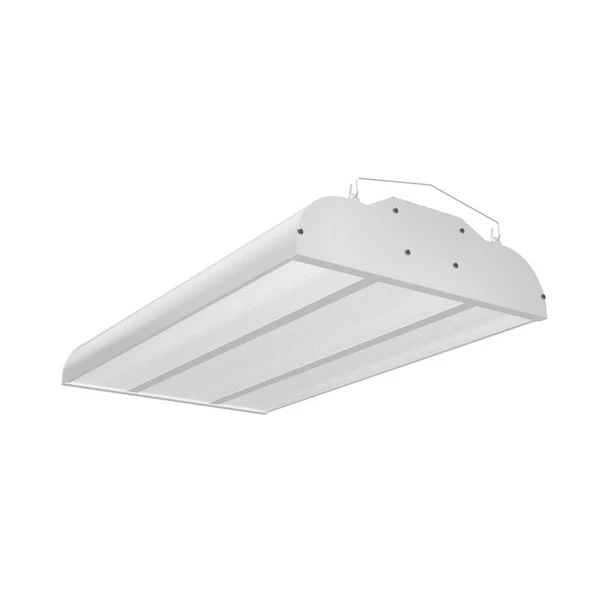
"SKY" - Luce LED per stadio indoor
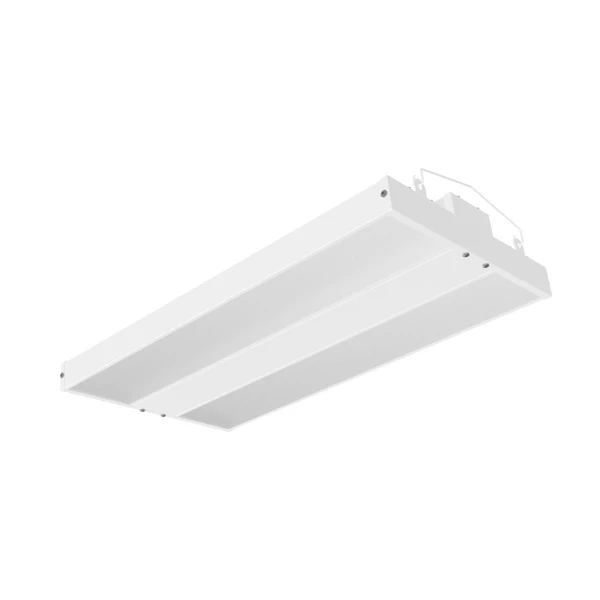
"Hermes" - Luce a LED per campi da gioco al coperto
L'illuminazione di campi da calcio all'aperto o di grandi dimensioni utilizza pali alti, proiettori, illuminazione modulare a LED. Ad esempio:
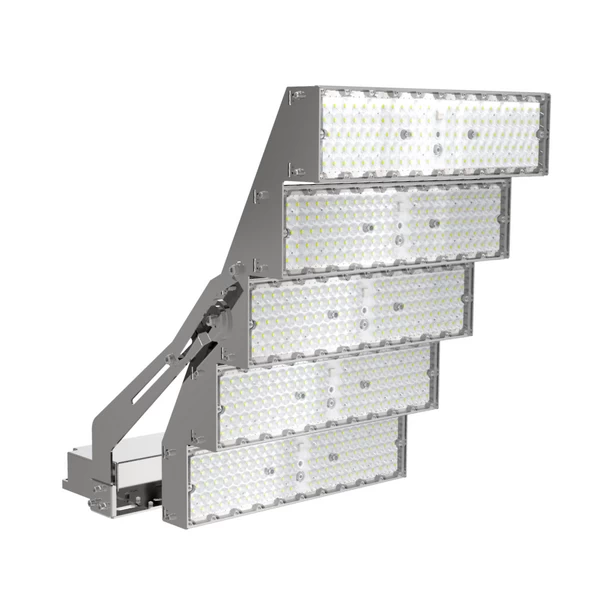
Luce di inondazione modulare a LED
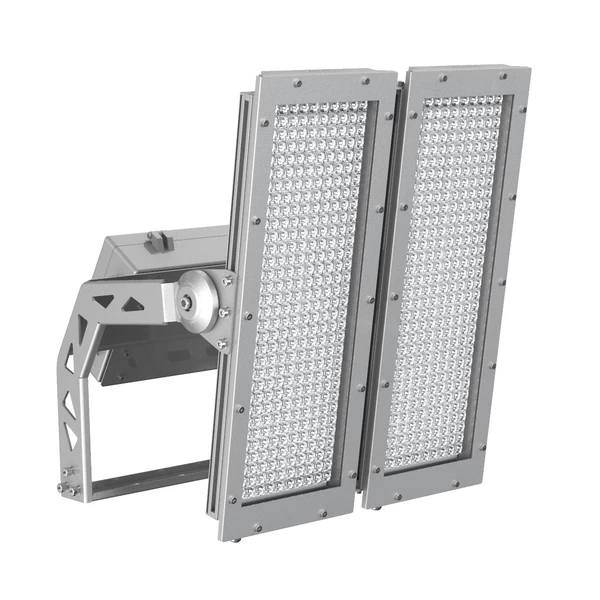
Luce di inondazione LED a basso abbagliamento
